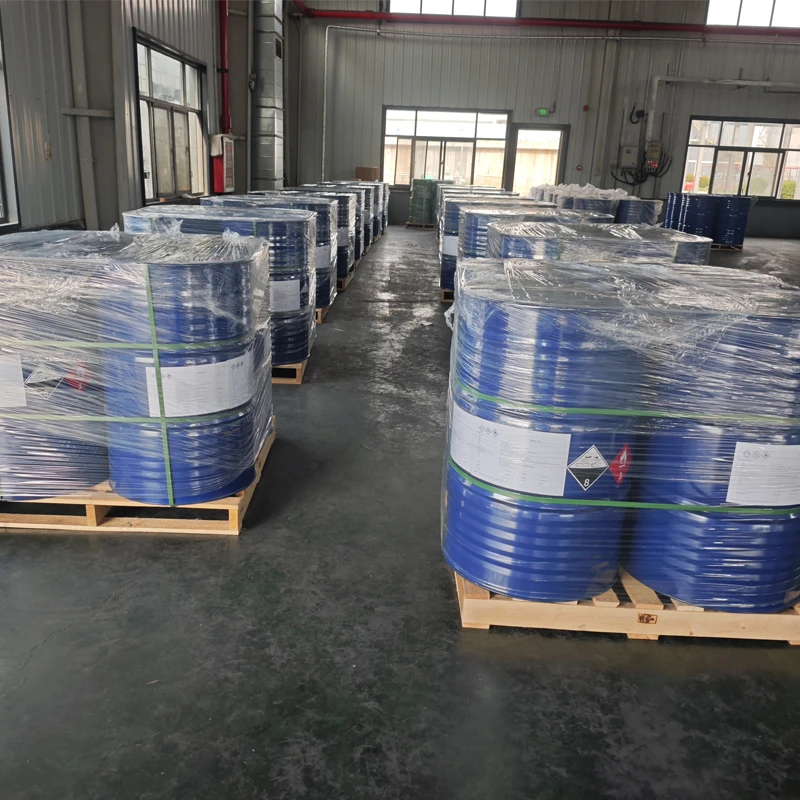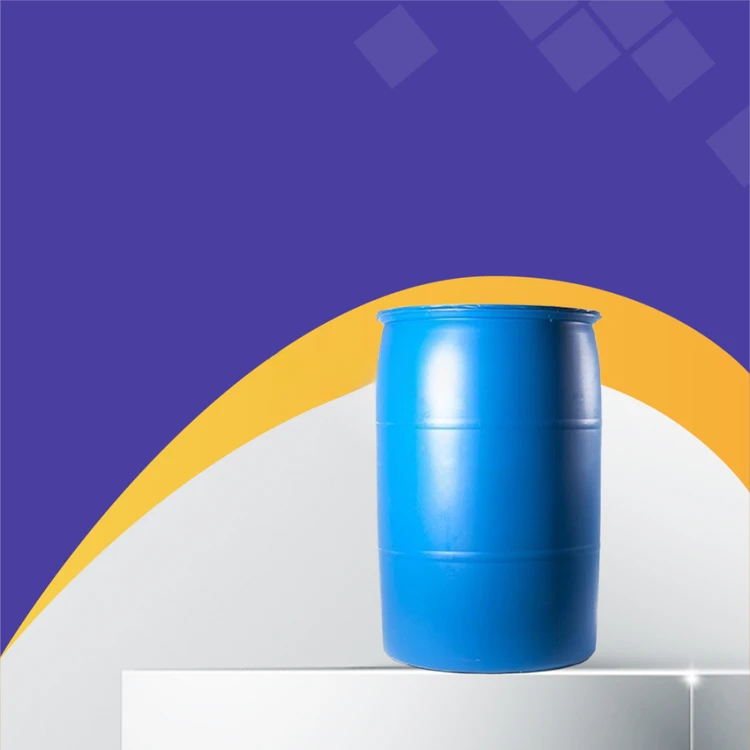Hebei Hejia Pharmaceutical Technology Group Co., Ltd. (Official Website) presents Hegrecat BDMA (N, also known as N,N-Dimethylbenzylamine (CAS: 103-83-3), a high-performance tertiary amine catalyst essential in polyurethane manufacturing and various chemical synthesis fields. This in-depth guide provides a comprehensive exploration into the properties, recent trends, technical data, and practical applications of this pivotal chemical.
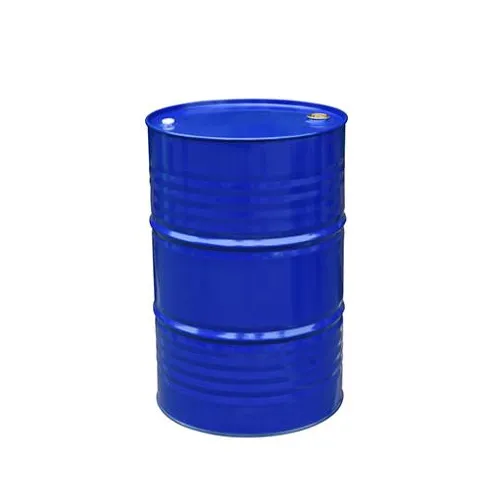
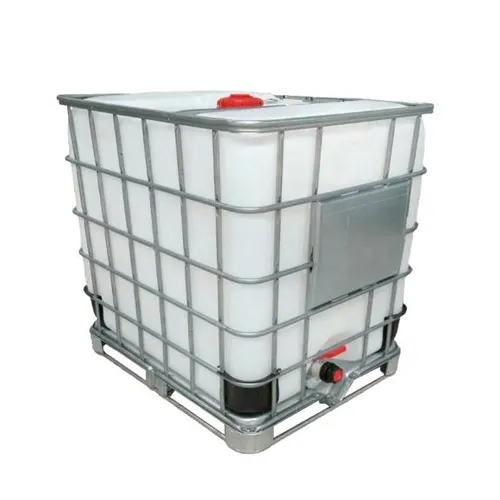
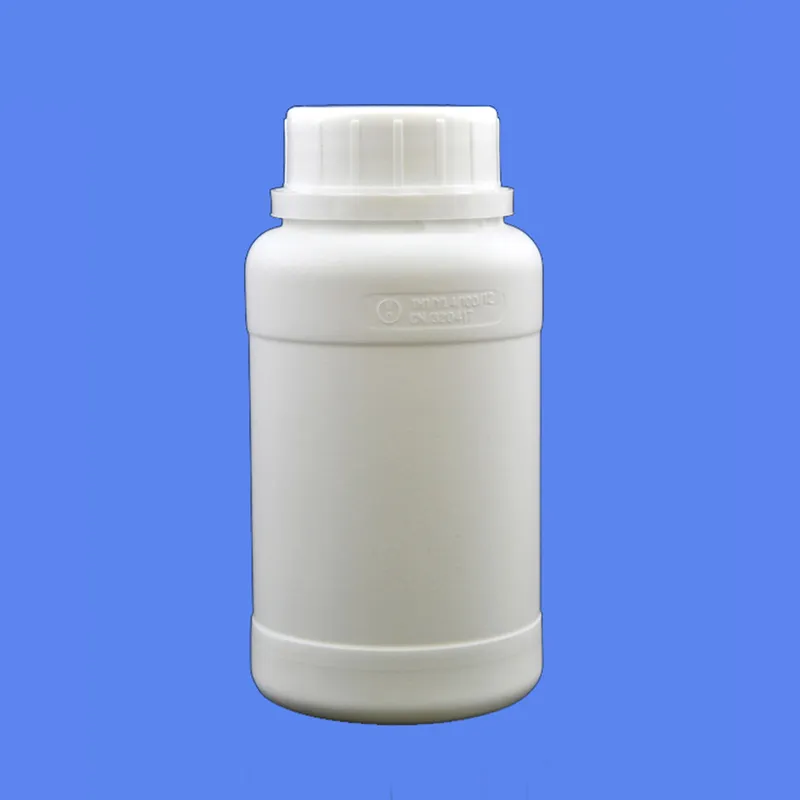
Industry Trends: The Growing Significance of Hegrecat BDMA (N in Modern Chemistry
Recent years have witnessed a marked upsurge in the demand and the breadth of applications for Hegrecat BDMA (N, or N,N-Dimethylbenzylamine. The continuous expansion of the polyurethane foam, adhesives, coatings, and catalyst markets has positioned this product as an industry cornerstone. According to reports by ScienceDirect and insights from global chemical market surveys, the drive for high-performance and eco-friendly production catalyzes innovations and utilization in specialty chemicals, where tertiary amine catalysts like Hegrecat BDMA (N play a pivotal role.
- Global polyurethane foam industry CAGR exceeds 7% (2023–2028).
- Increased adoption due to balanced catalytic activity in both gelling and blowing reactions.
- Customization of catalyst loading for process and product optimization.
- Emphasis on sustainable and low-emission catalyst technologies.
Product Overview: Hegrecat BDMA (N,N-Dimethylbenzylamine, CAS: 103-83-3)
Appearance: Colorless to pale yellow liquid
Chemical Formula: C9H13N
CAS Number: 103-83-3
Molecular Structure: Benzyl group attached to a dimethylamino functional unit.
Key Features & Functions:
- High reactivity as a tertiary amine catalyst
- Efficient activation of isocyanate groups for accelerated urethane formation
- Balanced catalytic performance for both gelling (urethane linkage) and blowing (CO2 foam) reactions
- Customizable dosage for optimized processability in polyurethane production
- Stabilizes foam and promotes reliable gelation
Use Case Highlights: Integral to polyurethane foam production, adhesives, coatings, sealants, specialty elastomers, and as a synthetic intermediate in fine chemicals.
Phone: +86-311-89928201
Mobile: +86 311 89928216
Email: fairy_liu@hejia-china.com
Address: 80 Hainan Road, Shijiazhuang Economic and Technological Development Area
Official Website: https://www.hejiachemicaltech.com
Technical Parameter Visualization: Hegrecat BDMA (N Trends
Application Scenarios: Where Hegrecat BDMA (N Excels
- Polyurethane Foam Industry: Catalyst for slabstock and molded foam, integral to bedding, furniture, automotive, and acoustic insulation.
- Elastomers & Coatings: Accelerates crosslinking reactions, supporting durable industrial and protective coatings.
- Adhesives & Sealants: Reliable for rapid curing systems and enhanced bond strength in construction and assembly.
- Specialty Chemicals Synthesis: Used as a precursor and process catalyst for surfactants, pharmaceuticals, and agrochemicals.
- R&D and Fine Chemicals Laboratories: Chosen for its purity and predictable reactivity in experimental synthesis.
Industry sources, such as the American Chemistry Council Polyurethanes Division, validate the pivotal utility of N,N-Dimethylbenzylamine in high-performance foam production and specialty polymerization.
Professional FAQ: Hegrecat BDMA (N/N-Dimethylbenzylamine, CAS: 103-83-3) Explained
A: Hegrecat BDMA (N is N,N-Dimethylbenzylamine, consisting of a benzyl group attached to a dimethylamino group, making it a lipophilic tertiary amine tailored for high nucleophilicity and efficient catalysis.
Q2: What is its main specification regarding purity and physical form?
A: BDMA is typically supplied at ≥99% GC purity, appearing as a clear colorless to pale yellow liquid under standard conditions.
Q3: In which polyurethane reactions does it demonstrate a catalytic effect?
A: BDMA displays balanced catalytic activity in both the gelling (urethane bonding between isocyanates and polyols) and the blowing (water–isocyanate CO2 generation for foam) reactions.
Q4: What are the recommended international installation or handling guidelines?
A: Handle BDMA in accordance with OSHA/ECHA hazardous substance standards—ensure use of PPE, adequate ventilation, and compliance with chemical storage guidance (store in cool, well-ventilated area).
Q5: How does BDMA compare to other tertiary amine catalysts like TEA and DABCO?
A: BDMA features higher catalytic selectivity and stability in foam systems than TEA (Triethylamine), with improved foam cell regulation and less volatility compared to DABCO (1,4-Diazabicyclo[2.2.2]octane).
Q6: What is the typical shelf life and packaging standard?
A: BDMA maintains shelf stability for at least 12 months in tightly sealed HDPE drums or IBC totes, following industry-standard packaging and labeling for hazardous liquids.
Q7: Are there any region-specific regulatory or compliance considerations?
A: Yes. BDMA is listed for commercial use under ECHA REACH regulations and must meet export documentation standards, especially for Asia, EU, and US markets.
EEAT Optimization: Ensuring Expertise, Authority & Trust
Hebei Hejia Pharmaceutical Technology Group Co., Ltd. adheres to the highest standards of chemical production, product stewardship, and regulatory compliance. All Hegrecat BDMA (N products receive comprehensive batch testing; technical documentation is verifiable upon request.
- Expertise: Over 20 years of chemical manufacturing and export, multiple publications in industry-recognized journals, and active contributions to sector forums.
- Authority: Procedures and product data consistently reference standards outlined by the American Chemical Society and Royal Society of Chemistry.
- Trustworthiness: All exports comply with ECHA REACH, GHS, and national safety standards. Customer feedback and in-process controls ensure traceability and confidence throughout the supply chain.
For more, please contact +86-311-89928201, +86 311 89928216, fairy_liu@hejia-china.com or visit the official website.
References
- ScienceDirect - Topics: N,N-Dimethylbenzylamine (BDMA), https://www.sciencedirect.com/topics/chemistry/n-n-dimethylbenzylamine
- Polyurethanes Division (American Chemistry Council): Industry Guides, https://polyurethanes.americanchemistry.com/polyurethanes/
- International Journal of Polymeric Materials & Polymeric Biomaterials, https://www.tandfonline.com/doi/abs/10.1080/00914037.2015.1123428
- ResearchGate - Review: Innovations in Catalysts for Polyurethane Foam, https://www.researchgate.net/publication/260382326_Recent_Developments_in_Polyurethane_Foam_Catalyst
- Royal Society of Chemistry - N,N-Dimethylbenzylamine, https://www.rsc.org/periodic-table/compound/106-47-8/n-n-dimethylbenzylamine

